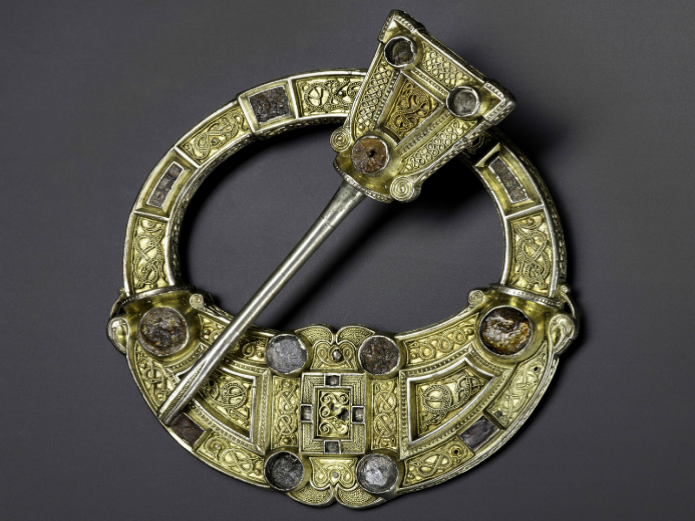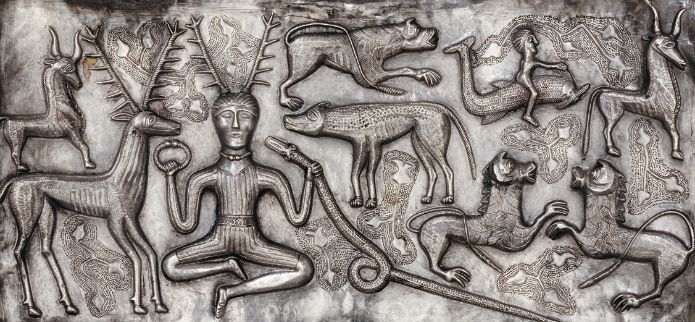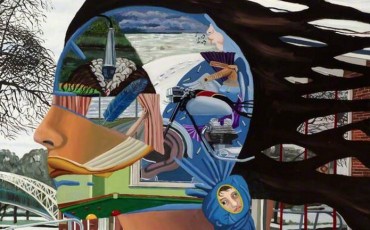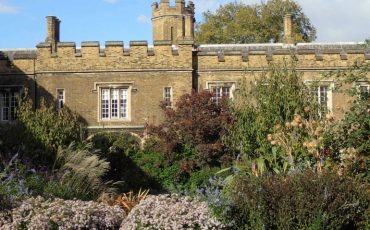This autumn the British Museum, in partnership with National Museums Scotland, will stage the first British exhibition in 40 years on the Celts. Celts: Art And Identity opens at the British Museum on 24 September and will draw on the latest research from Britain, Ireland and Western Europe.
The exhibition will tell the story of the different peoples who have used or been given the name ‘Celts’ through the stunning art objects that they made, including intricately decorated jewellery, highly stylised objects of religious devotion, and the decorative arts of the late 19th century which were inspired by the past.
Today the word ‘Celtic’ is associated with the distinctive cultures, languages, music and traditions of Scotland, Ireland, Wales, Cornwall, Brittany and the Isle of Man. Yet the name Celts was first recorded thousands of years earlier, around 500 BC, when the ancient Greeks used it to refer to peoples living across a broad swathe of Europe north of the Alps.

Hunterston brooch, Silver, gold and amber, Hunterston, south-west Scotland, AD 700–800. Photo: © National Museums Scotland.
The Greeks saw these outsiders as barbarians, far removed from the civilised world of the Mediterranean. They left no written records of their own, but today archaeology is revealing new insights into how they lived. Modern research suggests that these were disparate groups rather than a single people, linked by their unique stylised art. This set them apart from the classical world, but their technological accomplishments stand on a par with the finest achievements of Greek and Roman artists.
A stunning example in the exhibition, from National Museums Scotland, is a hoard of gold torcs found at Blair Drummond in Stirling in 2009 by a metal detectorist on his very first outing. Excavations showed they had been buried inside a timber building, probably a shrine, in an isolated, wet location. These four torcs made between 300–100 BC show widespread connections across Iron Age Europe.
Two are made from spiralling gold ribbons, a style characteristic of Scotland and Ireland. Another is a style found in south- western France although analysis of the Blair Drummond gold suggests it was made locally based on French styles. The final torc is a mixture of Iron Age details with embellishments on the terminals typical of Mediterranean workshops. It shows technological skill, a familiarity with exotic styles, and connections to a craftworker or workshop with the expertise to make such an object.

Gundestrup Cauldron Silver Gundestrup, Northern Denmark, 100 BC–AD 1. Photo: © The National Museum of Denmark.
Although Britain and Ireland were never explicitly referred to as Celtic by the Greeks and Romans, some 2,000 years ago these islands were part of a world of related art, values, languages and beliefs which stretched from the Atlantic to the Black Sea. During the Roman period and after the fall of the Western Roman Empire, communities in Ireland and northern and western Britain developed distinct identities. The art and objects which they made expressed first their difference to the Romans, but later the new realities of living in a conquered land or on the edges of the Roman world.
You can view the Celts Art And Identity Exhibition at the British Museum in London starting on 24 September 2015 – 31 January 2016.







Leave a Reply